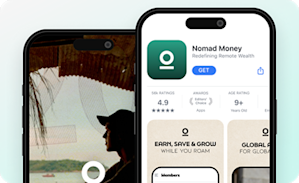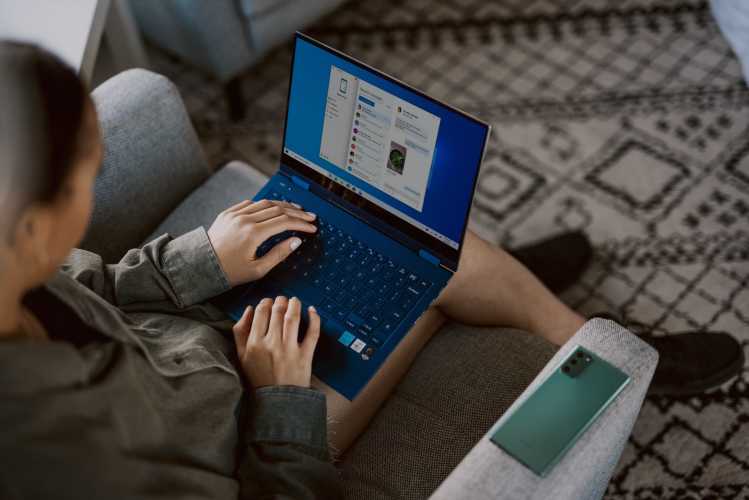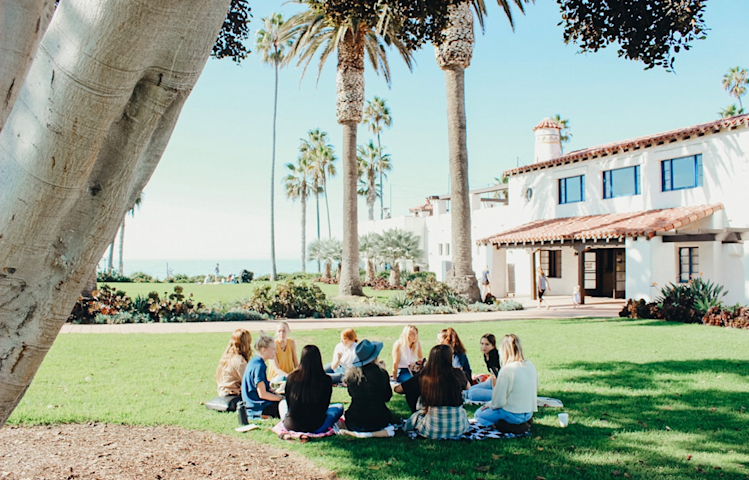Communities & Memberships
What Is the Network Effect? Our Crash Course for 2025
In this post, we’ll introduce you to the concept of the network effect, as well as its history and how tech companies use it to hit billion-dollar valuations.
Author
Mighty Team
Last Updated
February 6, 2025

If you have a product that relies on gaining a critical mass of users, like a rideshare platform, then your service becomes more valuable as more people use it. Why? Because the more people using your service means you can cut costs, increase availability, and sustain a large demand.
That’s the network effect. In this post, we’ll introduce you to the concept of the network effect. We’ll share the history of the network effect and show you how tech companies use it to hit billion dollar valuations.
If you want more support in building your online community, come join OUR Mighty Community for free and meet other new and established community owners! We’d love to meet you. Join for free!
The network effect at a glance
The network effect occurs when a platform becomes more valuable as more people use it.
Many of the most successful companies from the last century have grown because of the network effect, from phones to railways to social media to eCommerce.
The network effect is what makes community businesses so powerful, as they see rapid member led growth into a community flywheel that quickly creates profitability.
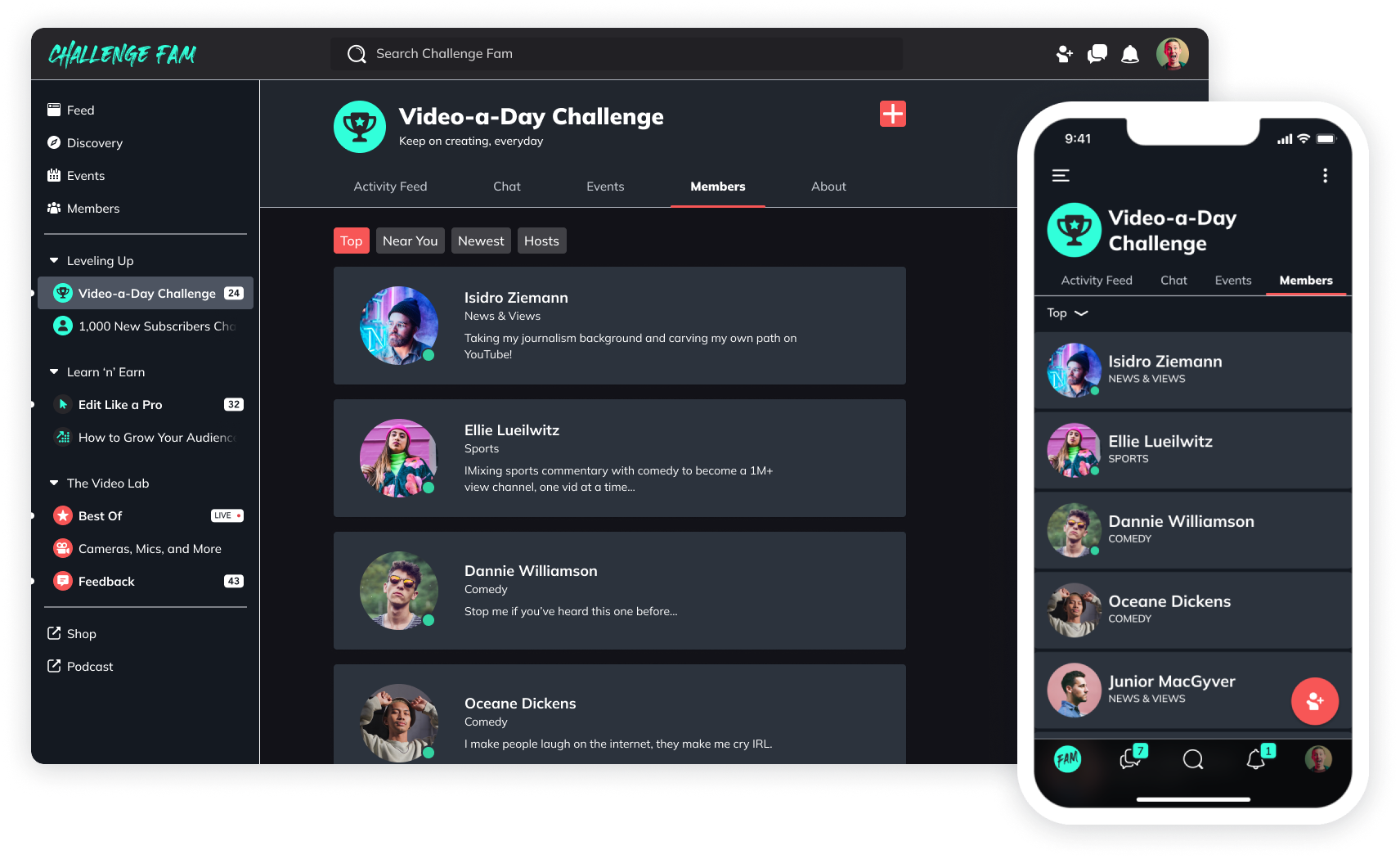
What is a network effect?
A network effect refers to how the value of a product, platform, or service increases as more people use it; according to economists Michael Katz and Carl Shapiro, it’s the phenomenon where popular products are inherently more valuable. They observed that just as some products aren’t valuable on their own (e.g. nuts without bolts); in the same way, some platforms aren’t as valuable (or at all valuable) without users.
For example, a social media platform by itself is just a piece of software. If nobody uses it, it's virtually worthless. It's the presence and interactions of users that give platforms like Facebook, Instagram, LinkedIn, etc. their value. You can even put a clear value on each user in the network: for example, in 2021, Facebook averaged $43.39 in revenue per user and $13.89 net income.
The network effect can create value for a company in different ways:
Through user actions and user-generated content: For example, YouTube would be worthless if people didn’t show up and create videos. In many social media networks, a successful network effect only happens if users actually use the program. Meta’s recent Threads release saw 100 million people joining the first month, only to have 10 million active users a month later. It’s still early days, but it shows that value isn’t in sign-ups, it’s in active users.
Through monetizing the network. Social media platforms can monetize the eyeballs in their network (selling ads), and can use the sheer scale of their networks to charge more for specific targeting, demographics, etc.
Networks also generate data, which is monetizable too. The bigger a data set gets, the more useful it gets for data scientists to take observations from.
Source: Katz, Michael L., and Carl Shapiro. 1994. "Systems Competition and Network Effects." Journal of Economic Perspectives, 8 (2): 93-115.
Examples of the network effect
Here are some examples of the network effect in action in a bunch of different industries:
Communications: Land lines, Cable TV, email - These tools get more valuable the more users they have. For example, a land line is more valuable if you can call anyone on it.
Scheduling tools: Calendly, Google Calendar - Calendar tools grow quickly with the network effect, because when you send someone an invite, they need a calendar to accept.
Social Media: Facebook, X (Twitter), LinkedIn, Instagram - Social media companies literally make billions off the network effect, leveraging user growth into ad revenues (and occasionally direct sales of premium services). For example, the only reason a job seeker might pay for LinkedIn Premium is because there are so many employers on LinkedIn.
Discussion Forums: reddit, Quora - These platforms only work because of the network effect. If people show up and engage, you have powerful discussions.
Video Sharing: YouTube, IGTV, Facebook TV, Vimeo - If you have a few users uploading video on YouTube, you have an interesting distraction. If you have millions, you have a service that can replace traditional TV.
AI Tools: ChatGPT - It’s still new, but ChatGPT quickly grew to 100 million users with word of mouth, and the more users it has, the more the machine can learn information.
Delivery apps: DoorDash, Uber Eats, Grubhub - It’s only because there’s a critical mass of people ordering food that drivers can make a living off of these apps. That’s the network effect!
eCommerce platforms: Amazon, eBay - Amazon only grew as big as it did because it had a mass of users. Other online bookstores fizzled. Once it had millions of users, it could expand into products other than books.
Customer communities: Apple Community, Quickbooks Online Community, Lego Community - These communities become valuable because customers log on and share their knowledge, usually for fun. If you’re an Apple user having trouble with a product, you can usually find the answer in the Apple Community. And it would be worthless if people didn’t jump on and do it for free!
Subscription businesses: Netflix, Amazon Prime Video, Disney+ - As these platforms grow, they earn more subscription revenue. This can be invested back into content.
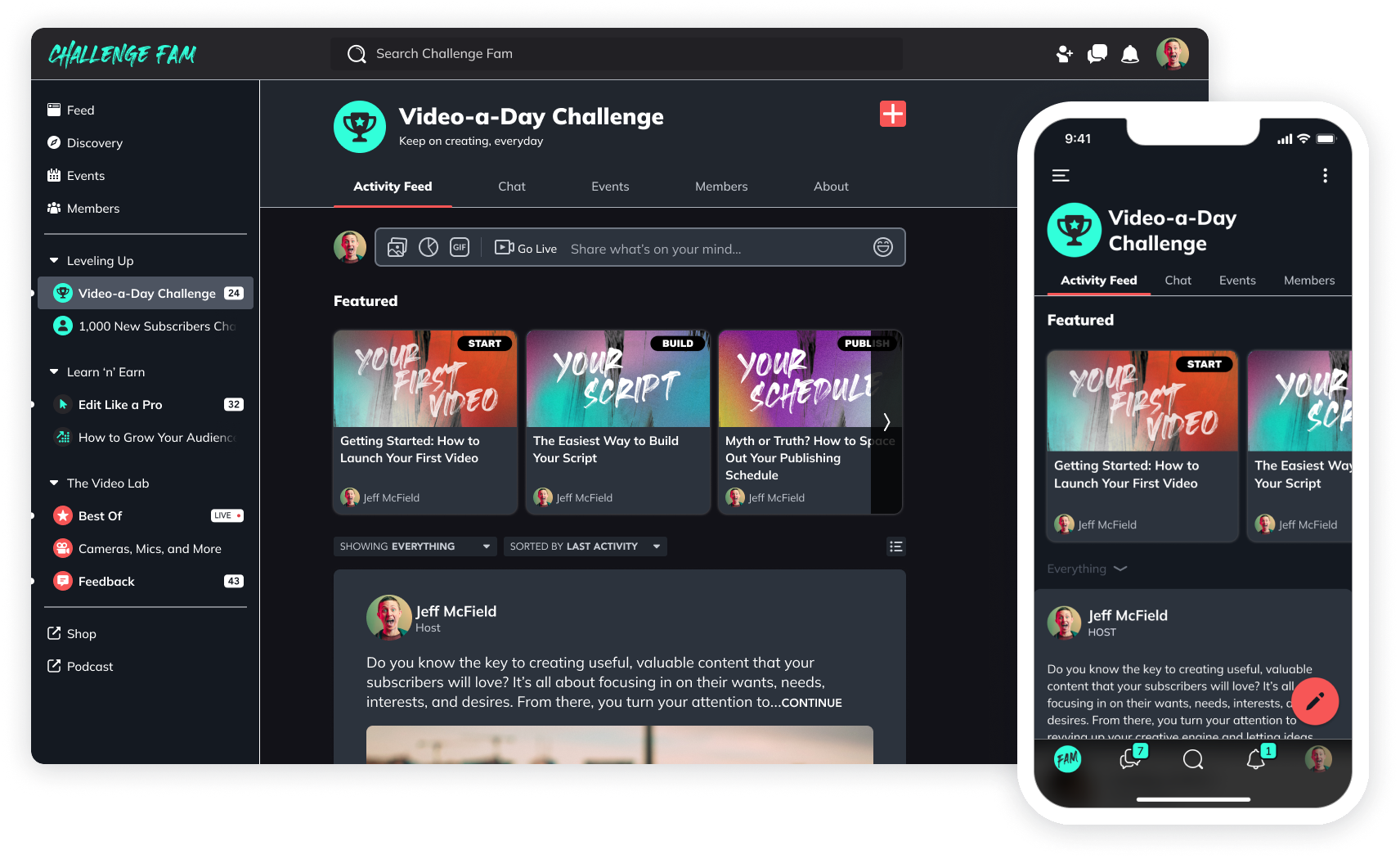
What do these things all have in common? They all become more valuable the more users they have, for a bunch of different reasons.
In some cases, the technology gets better with more users (e.g. ChatGPT)
In some cases, the platform has content to engage with thanks to more users (e.g. Facebook, reddit)
In some cases, the larger user base lets the company sell ads at a premium (e.g. Facebook, LinkedIn)
In some cases, there’s a “real world” benefit to the network effect (e.g. LinkedIn helps you find a job).
In some cases, the network effect creates a big enough customer community for businesses and individuals to serve a niche (e.g. Uber). We call this an indirect network effect.
Example:Airbnb: Airbnb has quickly become the go-to platform for homeowners looking to rent their properties for short-term stays to traveling customers. They are an example of a network effect because the value of the platform increases as more and more people join the platform looking to rent, which gives property owners a consistent flow of business. Additionally, value is created for renters too, as more homeowners open their properties for rent it provides renters more options to choose from. The value of the network grows as more renters and more homeowners join the platform.
Direct vs indirect network effect
All of the examples above mixed what economists call direct and indirect network effects. But the difference between these two things is important to understand.
Here’s a really easy way to understand the differences between a direct vs indirect network effect:
What is a direct network effect?
A direct network effect, also known as a “same-side” or “one-sided” network effect happens when more of the same type of users join a platform. This means that network value is generated directly as a result of more people joining.
For example, if I want to send you a message on WhatsApp and you don’t have it, there’s a simple solution. You might download WhatsApp! And the app just became more valuable because now we’re both on it!

We see the network effect in action all the time with online communities. With communities, there's a direct network effect as members generate content and value and people on the outside want to join to get that value! This means communities can sell memberships, courses, premium content, and events – and these things all work because of the amount of members.
This is why the network effect can also lead to a community flywheel business, which we’ll get to below.
What is an indirect network effect?
Indirect network effects, also known as a “two-sided” network effect, happen when growth in one network creates benefits in another. For example, a growing network of customers on Uber creates benefits for another network: drivers. The more customers there are, the more opportunity there is for drivers. Even though drivers and customers on Uber are different kinds of users and want different things, the two networks impact one another: the indirect network effect.
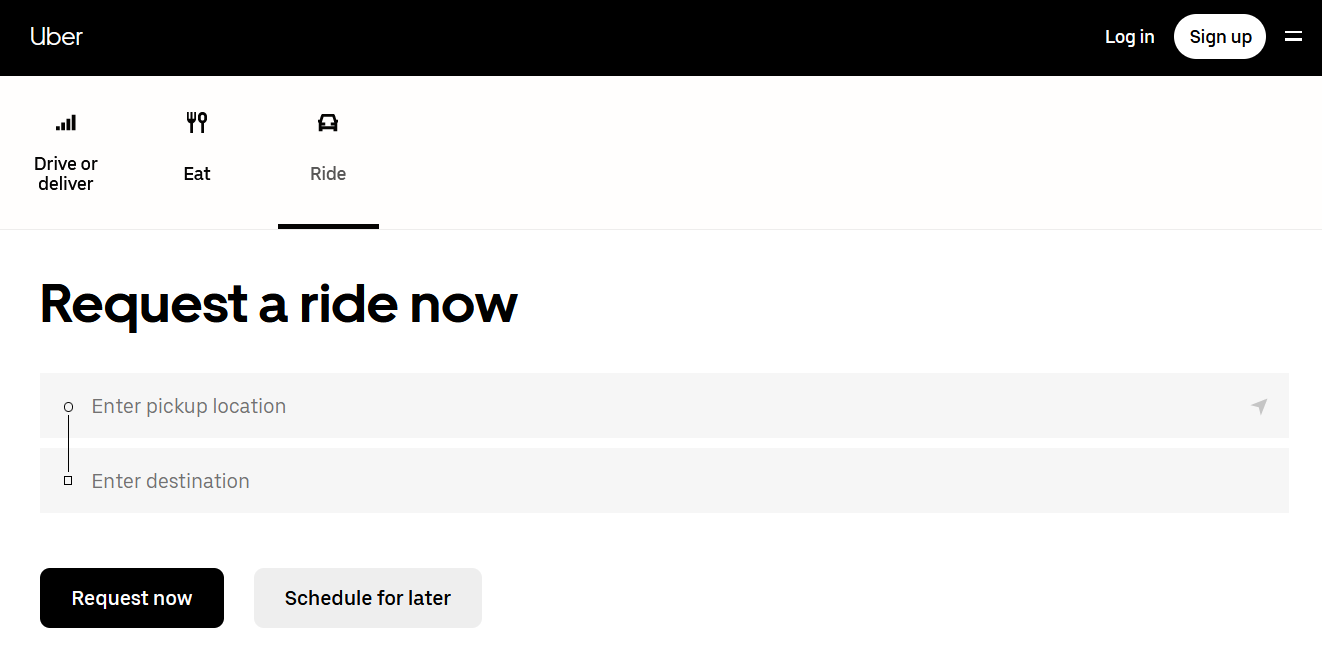
Complementary network effects
There’s one more term you might see used here: a complementary network effect. A complementary network effect happens when a related product or service increases in value because of network growth in a network that’s not theirs. For example, LinkedIn grows because of job seekers and employers joining. But these enormous networks also hold value for recruiters; LinkedIn serves them as a complementary network.
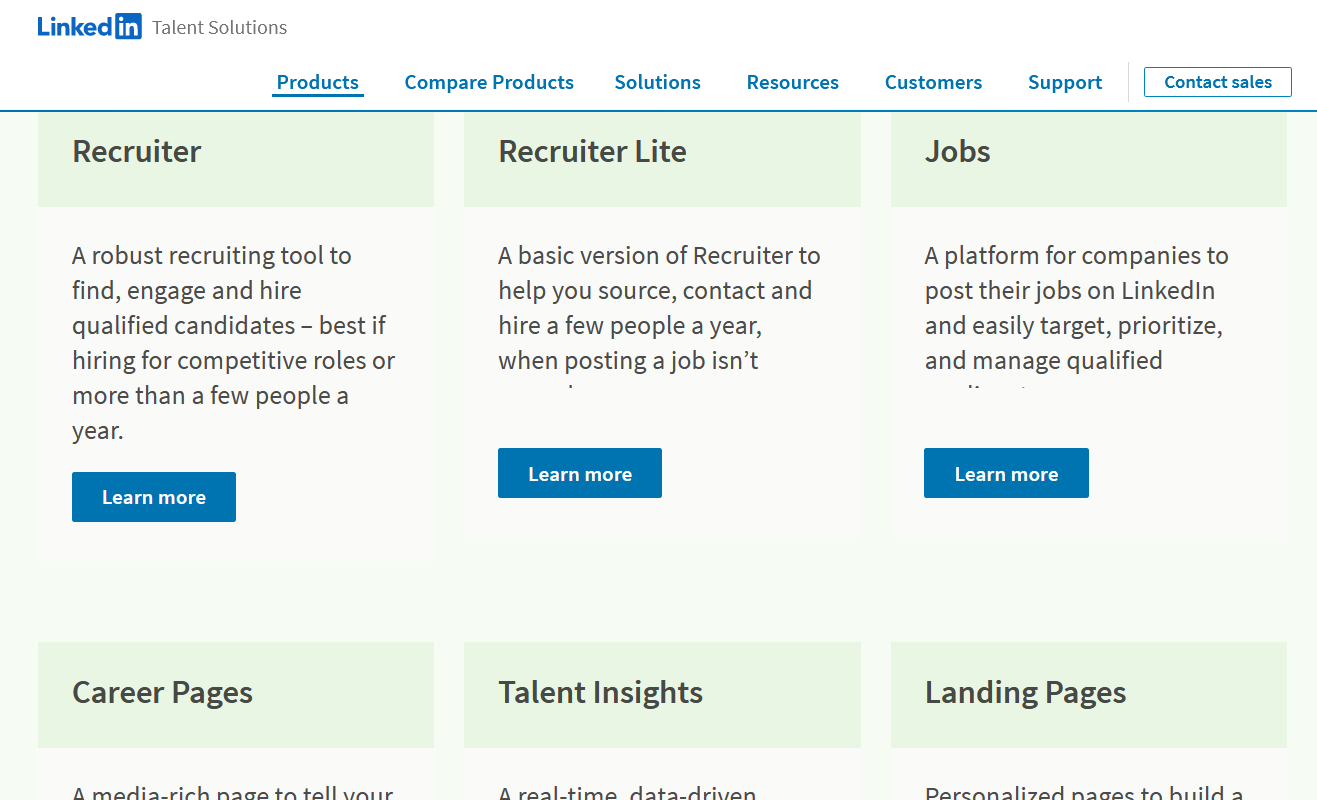
How the network effect helps tech companies soar
Many digital businesses we engage with every day use the network effect to their advantage. In fact, if you look at the top companies worldwide by market cap, many of them have used the network effect to soar to massive growth. For example:
Amazon (+ $1 Trillion) - It’s used the network effect to catapult an online bookstore to the single biggest store the world has ever known. And Amazon has used the network effect to launch thriving businesses alongside; for example, AWS provides cloud computing and web services for application providers and vendors to serve their customers.
Alphabet (+ $1.5 Trillion) - Alphabet has a ton of companies within it, but it all started when they built the world’s best search engine (Google) that grew quickly because of the network effect. Those searchers made Google the company it is today.
There’s a reason why the network effect has helped tech companies become the most valuable companies on earth. It comes down to what we call externalities.
Externalities are the positive or negative results of a network–and they can limit the network growth. In the old days, externalities grew with the network. For example, railway companies grew because of the network effect–with more riders bringing more money. BUT there were still huge costs to keep the network going. They had to maintain rail networks, bridges, tunnels, and stations, not to mention keeping the engines full of coal.
Those externalities limited the network growth.
Here’s how the network effect benefits tech companies.
Tech companies have very few externalities. If Amazon has the infrastructure in place, anyone in the world can sign on and shop. It would cost a railway millions of dollars in externalities to add more customers; they’d need more engines, cars, tracks, and stations. It only costs Amazon more server space–which could cost pennies.
Tech companies can grow nearly unlimited networks without adding huge extra costs. And that’s how the network effect pushed so many tech giants to the top of the stock exchange.
How the network effect helps human-centered businesses
We’ve been really excited about how the network effect works with human-centered software. Mighty Networks are online communities that explode with growth and become profitable businesses because of the network effect. So we’ve seen thousands of thriving communities–large and small–become businesses thanks to this phenomenon.
In community building, a network effect refers to the phenomenon where the value of a community increases as more people join. Each new person that joins brings with them their own unique perspectives, experiences, and expertise which creates additional value for you, your brand, and your members.

This could be of direct value of membership sales. For example, most Mighty Networks generate an average of $48/mo in membership fees.
The network effect isn’t just about membership fees though. The network effect also describes how value in these types of organizations grows because of member activity.
Members create content and encourage others to join, which adds even more value to the community. This creates a cycle where additional users create additional value, which in turn attracts other users who add even more value.
We call this member-led growth, and once you see it, it's life-changing. Member-led growth uses the network effect to move your subscribers, clients, customers, or whatever, towards being members. Members belong. And when your business can thrive on member-led growth, you'll see the network effect in action.
As a creator, the network effect is so valuable because as you build a network of connections between the members of your community, you can focus less on endlessly producing content. Within a thriving community, the valuable ideas and expertise your members bring to each other will keep the conversation going long after you release new content for them.
Network effects are usually positive and derive from a potential customer deriving more value from your product or service because of how many other people they see using it.
The network effects and community flywheels
Last year, McKinsey identified a type of business that they predicted would dominate the 2020s. They called these businesses community flywheels. A community flywheel starts when a brand grows a community–thanks to the network effect. Usually, there’s a powerful brand story that ties the community together. This leads to your supermembers creating content and getting involved–which makes your community grow on autopilot.
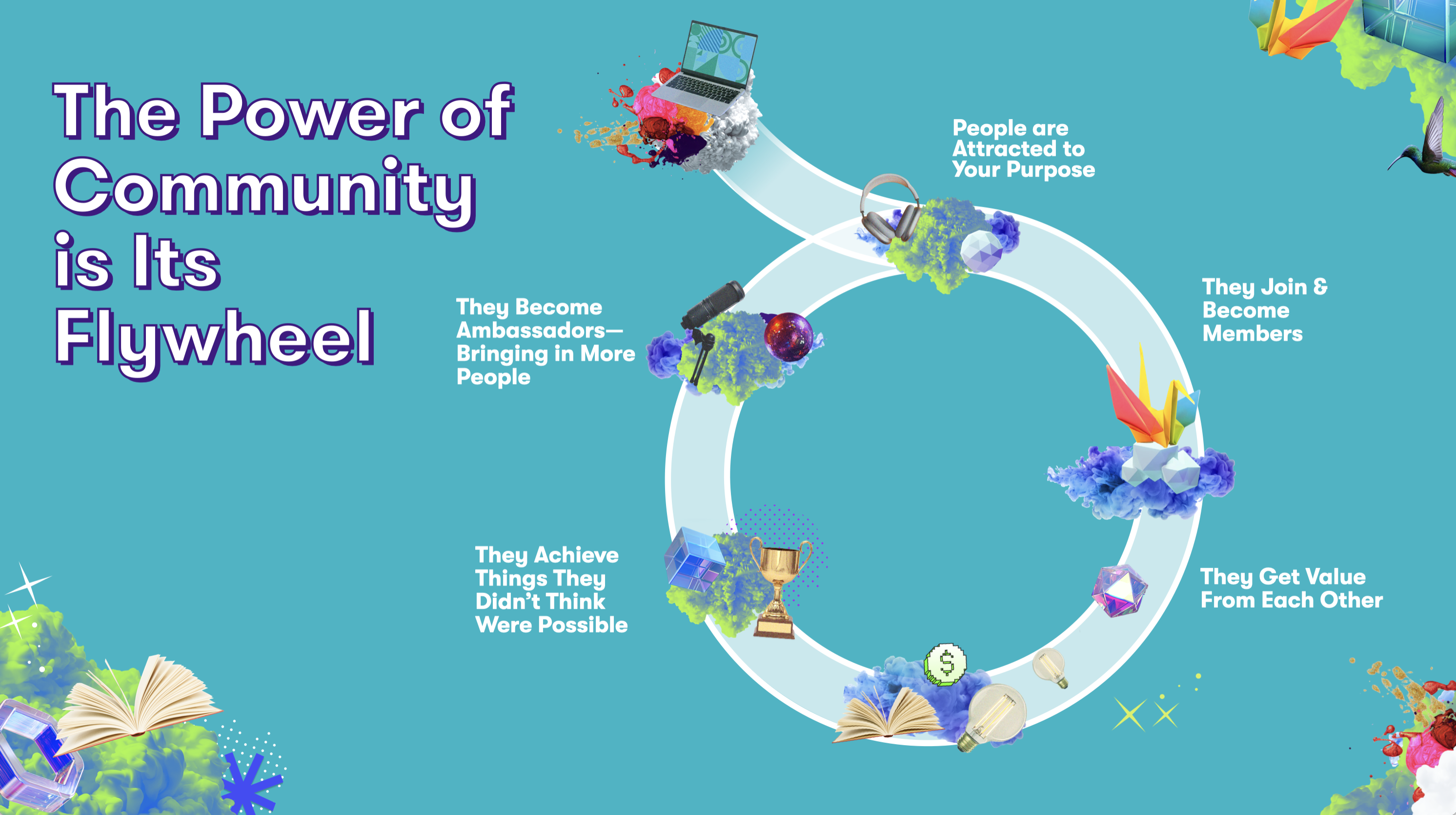
THEN, McKinsey says, these brands introduce hero products that fit their members, and selling happens effortlessly because supermembers are primed and excited to buy. There’s no funnels. No pressure.
Just awesome, organic, member-led growth thanks to the network effect.
Examples of the network effect with a community flywheel business
In the Cut: Rae Benjamin created In the Cut to be an online community centered around providing resources and connections to help marginalized creatives break into the film and television industry. In the Cut has quickly grown in scale since its launch in 2020 and now has over 1,000 members. On their Mighty Network, they offer paid webinars, job postings, a network of like-minded creatives, and even host virtual events.
Sktchy Art School: Jordan Melnick created Sktchy Art School as a community for artists interested in portraiture to learn new skills, share their work, and get feedback on their work. Since launching in 2018 Melnick’s community has grown to over 14,000 members. Members of this community can take art classes, participate in group art challenges, and interact in an ever-growing art community.
History of the Network Effect
Here are some of the key ways the network effect has worked throughout history:
Telephone Networks (19th C): As more people got phones, the value of the whole network grew exponentially. It was because of this that in 1908 Theodore Vail, president of Bell Telephone, presented the concept of a network effect at the company’s annual meeting.
Radio Networks (1920s): As more people got radios, it made broadcasting more powerful and lucrative.
Television Networks (1950s on): Like the radio, mass uptake of TVs in households led to higher values for advertising and programming.
Fax Machines (1970s-80s): Fax machines could only grow as a network as more people got them–there needed to be a send and receive side, almost identical to phones. In 1980, Robert Metcalfe brought the theory of network effect to the mainstream when he recognized that the value of a communications network (e.g. phone lines) was not the actual cost of the hardware, but that there was an exponential value for each additional user. He argued that ethernet cards had to hit a critical mass to achieve their true value as a network.
Personal Computers (1980s-90s): As more and more households got a Mac or Windows-based personal computer, the software to run them became more valuable. This is what made both Microsoft and Apple the companies they are today.
Internet and Email (1990s): The two came hand in hand as digital communications grew. From 1985-1995, Michael L. Katz, Carl Shapiro, Joseph Farrell, and Garth Saloner did a lot of the foundational work for the network effect as an economic theory.
Social Media Platforms (2000s on): Social media platforms used the network effect to generate mass amounts of users who created their own content. Remember Myspace? It was one of the first!
Sharing Economy Apps (2010s): The network effect meant that sharing platforms could grow to take over our lives, as things like Airbnb and Uber became possible.
Cryptocurrencies and Blockchain (2020s): The valuations have taken a hit, but the technology underlying both crypto and blockchain works on the network effect and probably isn’t going anywhere. In fact, the promise of Web3 is the ultimate in a network effect: a decentralized internet.
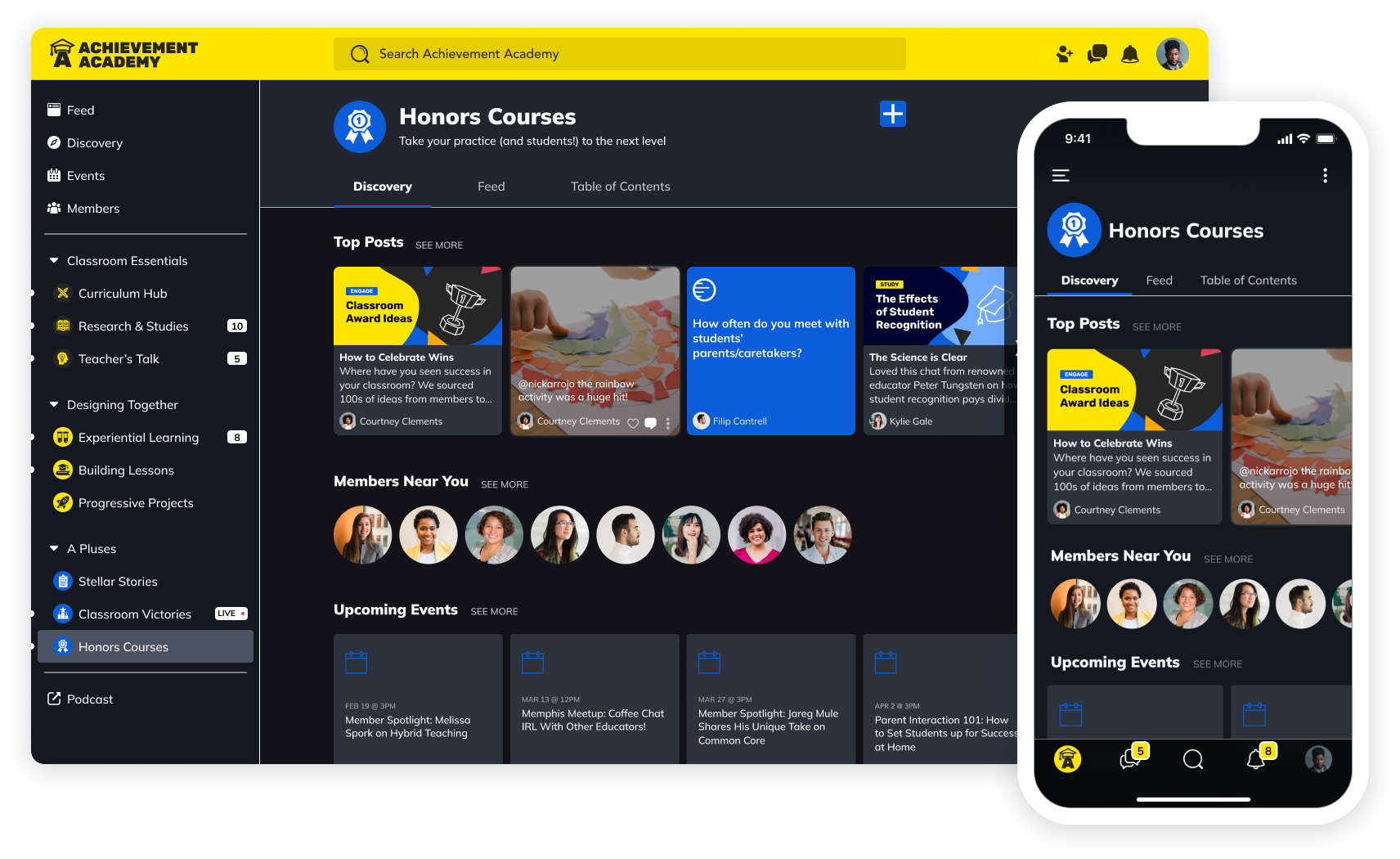
Tips to generate the network effect
If you’re creating a business that’s going to benefit from the network effect, here are some tips:
Harness the power of user-generated content. The massive growth social media companies have seen came from creating a platform and then turning human creativity loose.
Use platforms that empower people to join, create, and invite others (ie. community platforms). Giving ownership of platforms (getting out of the way) allows organic growth.
Create a product or service that by-its-nature compels growth and inviting others (e.g. Calendly).
Niche down. People join and contribute to networks (esp. social networks) where they can find people who share their interests. Even though social media giants have enormous user bases, they thrive on independent networks. For example, Facebook thrives on family and friends. LinkedIn on workplaces and industries. Twitter connects people with shared interests (e.g. politics)
Advantages and Disadvantages of the Network Effect
Advantages
Companies can see rapid growth and profits.
Human brands can benefit from more people engaging and creating (e.g. an online community works on human creativity).
Having more users allows brands to create better products and experiences.
Disadvantages
Networks can produce negative externalities. For example, a high number of users on social media sites can create opportunities for predators.
Now Read: 5 Ways to Monetize Your Audience
Ready to start building your community?
Start a free 14-day trial to explore Mighty—no credit card required.
More like this
Join Mighty Community
Learn the principles of Community Design™ (and see them in action) alongside thousands of creators and entrepreneurs. It's free to join!

Online Courses
Creating a Course
Teaching a Course
Course Platforms
Selling a Course
Communities & Memberships
Community Platforms
Managing a Community
Building a Community
Growing a Community
Monetizing a Community
Content Creation
Creators & Entrepreneurs
Monetization
Content Creation
Starting a Business
Website Builders
Creating & Managing a Website
Events
Event Platforms
Hosting & Marketing Events
Branded Apps
Creating a Mobile App
Coaching Apps
Community Apps
Coaching
Mastermind Groups
Starting a Coaching Business
Coaching Platforms
Filter by Category
Online Courses
Communities & Memberships
Creators & Entrepreneurs
Events
Branded Apps
Coaching
Build a $1 Million Community
This free masterclass went viral—sign up to learn why.


